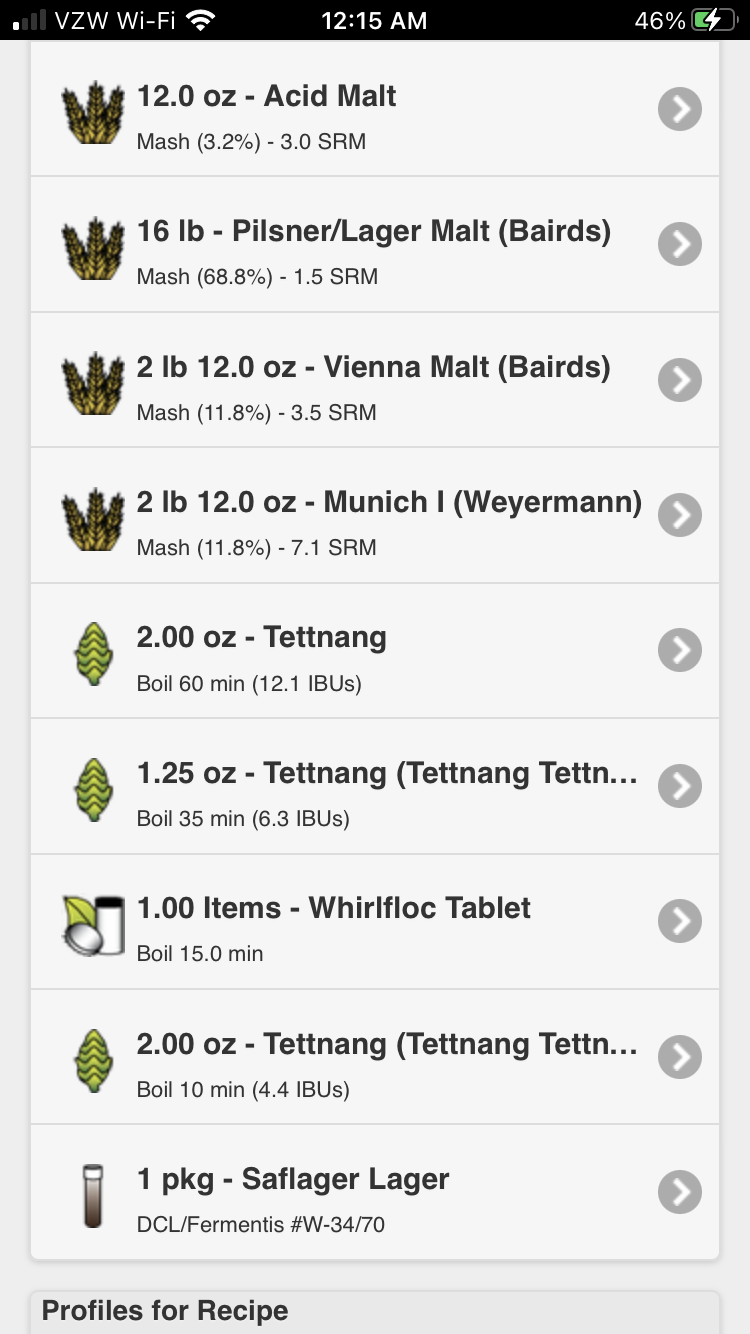herv
Member
- Joined
- Dec 21, 2013
- Messages
- 11
- Reaction score
- 3
I have started to do a biab 10gal recipe mash then split into 2 - 5 gal recipes. ie.. pils/amber, APA/porter, porter/amber. I try to mash all common grains and then do a 2nd mash and boil on the stove with steeping grains and after the split add to one of the fermentors. OR mash all together and split immediately post boil and hop stand with diff hops and DH with diff hops. most of my best beers have come from the 2nd boil method. and I have made my best amber to date that stems from a oatmeal porter recipe ( so oats in the mash and thus in the amber) very smooth mouthfeel, as I would not have made an amber with oats otherwise. I am just not always wanting 2 apa's with diff hops /yeast. but two totally different styles of beer. cheers!
My questions are
1.have you tried this?
2.and with what success?
3.what are your favorite recipes to do this technique with?
4. favorite base recipes that could be the starting point for many different beer styles.
attached file for reference of my last brewday split batch
My questions are
1.have you tried this?
2.and with what success?
3.what are your favorite recipes to do this technique with?
4. favorite base recipes that could be the starting point for many different beer styles.
attached file for reference of my last brewday split batch











































![Craft A Brew - Safale S-04 Dry Yeast - Fermentis - English Ale Dry Yeast - For English and American Ales and Hard Apple Ciders - Ingredients for Home Brewing - Beer Making Supplies - [1 Pack]](https://m.media-amazon.com/images/I/41fVGNh6JfL._SL500_.jpg)














